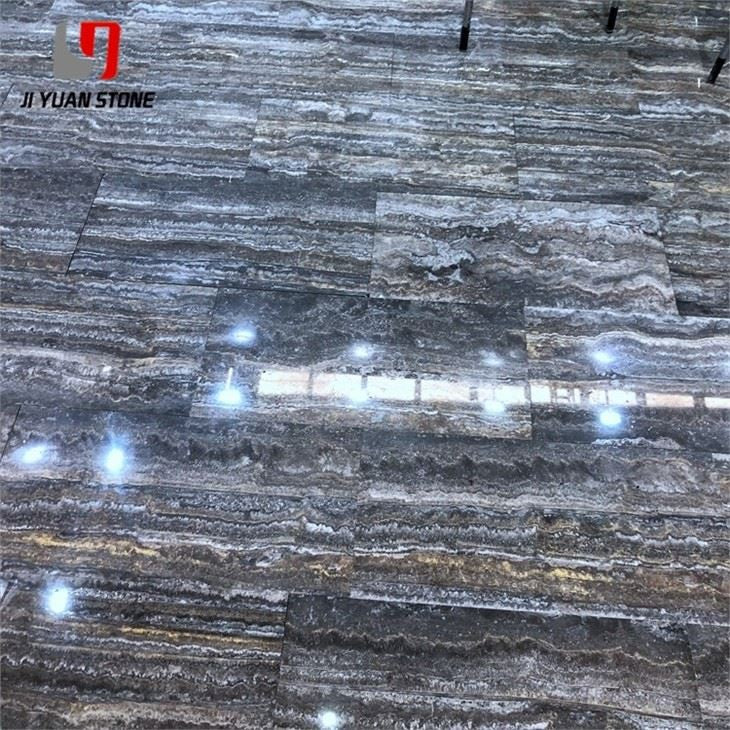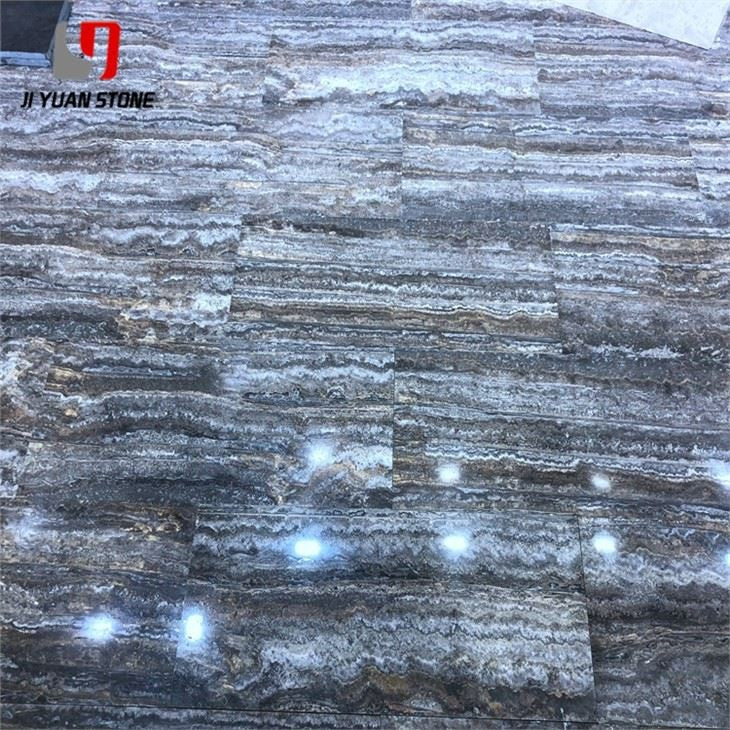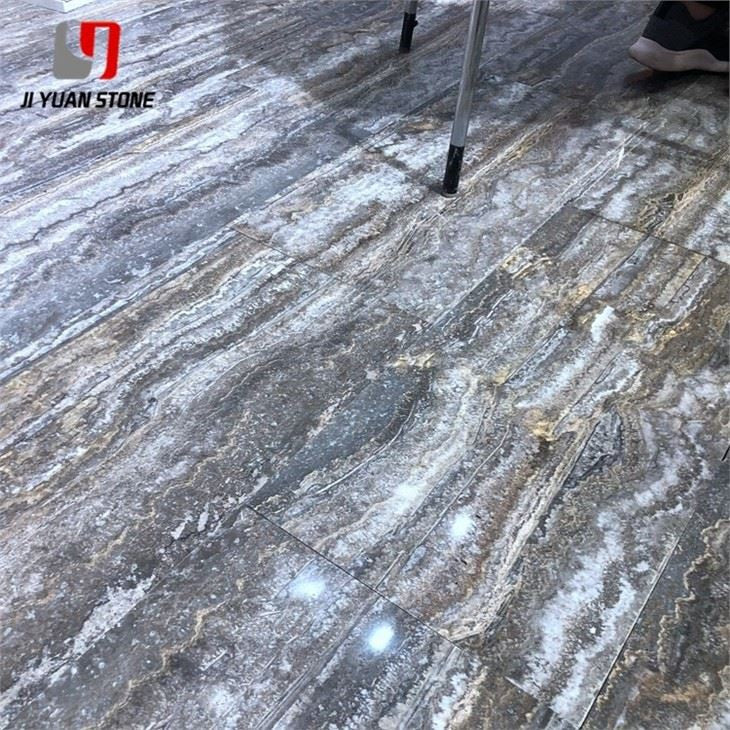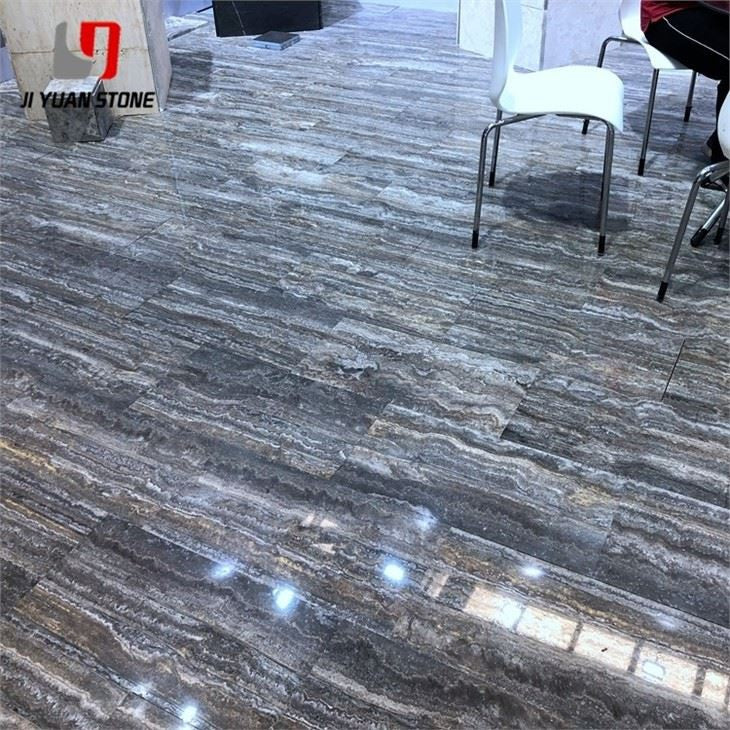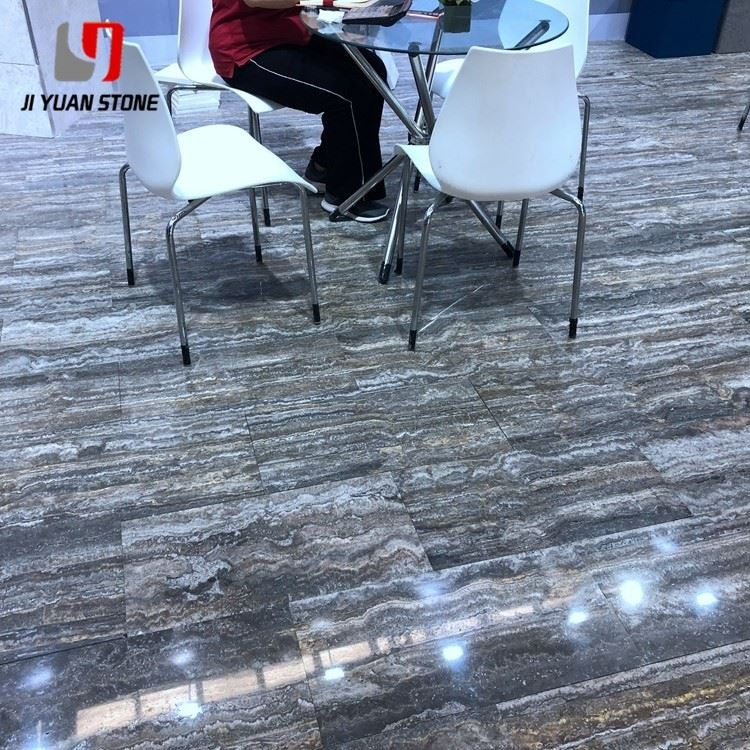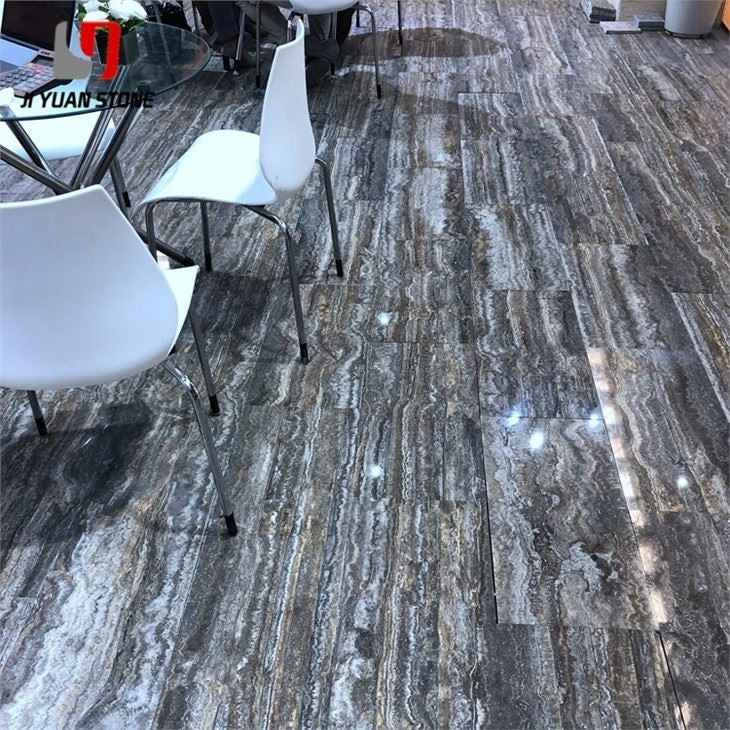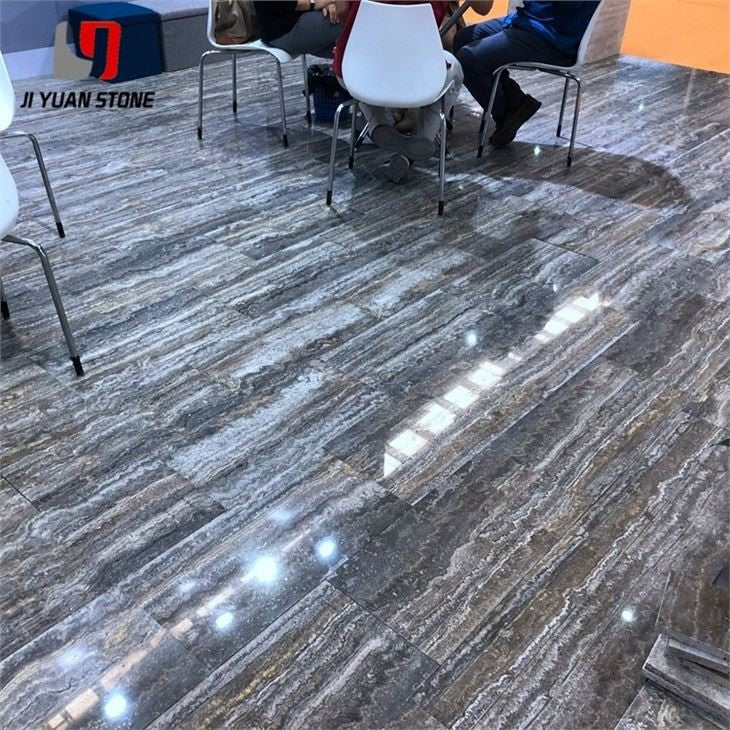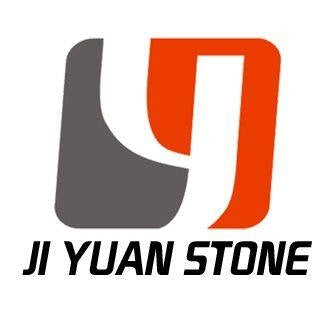Natural Travertine Tile
Natural Travertine Tile
Natural Travertine Tile – Timeless Beauty for Interior & Exterior Applications
Made from 100% natural travertine stone, this tile brings a touch of natural beauty to any space. With its unique color variations and durability, it is perfect for both indoor and outdoor use. Upgrade your home or business with this elegant and long-lasting option.
| Feature | Details |
|---|---|
| Material | Natural travertine |
| Colour | Grey |
| Thickness | 15mm , 16mm , 18mm , 20mm or customized |
| Slab sizes |
|
| Tile sizes | 300x300mm ; 600x600mm; 450x450mm etc |
| Surface | Honed |
| Edge processing | Machine cutting, round edge etc |
| Packing | Seaworthy wooden crate, pallet |
Bring warmth, texture, and old-world elegance to your design with Natural Travertine Tile, a classic architectural stone used for centuries in both interior and exterior spaces. Known for its unique veining, earthy tones, and natural variation, travertine remains a top choice for floors, walls, patios, and decorative surfaces.
Like marble and dolomite, natural travertine tile belongs to a family of soft, natural stones used widely in construction. However, each material has different physical properties. Before selecting stone for your project, it’s important to evaluate factors like absorbency, density, and structural integrity. For example, the exterior wall of a 100-year-old building can offer valuable insight into long-term performance in similar environments.
✅ Material Characteristics:
Natural travertine tile is a highly absorbent stone, which means it requires additional care and protective treatments, especially in areas subject to:
- Heavy foot traffic
- Environmental exposure
- Dirt, moisture, or acidic pollutants
In areas prone to contamination, such as floors, window sills, or entranceways, it’s recommended to use low-absorbency, high-density stone or ensure proper sealing is applied.
When compared to granite, travertine, marble, and dolomite are all more permeable and therefore more prone to staining if left unprotected. This makes stone protection critical during both installation and long-term use.
✅ Protection & Maintenance Tips:
To maintain the natural beauty of travertine tiles:
- Apply a penetrating stone sealer to reduce water absorption
- Use an oil-repellent sealer in kitchens or high-use zones
- Clean with pH-neutral cleaners to preserve the finish
- Avoid acidic products that may damage the stone’s surface
Dolomite is sometimes preferred for exterior wall applications due to its lower calcite content and greater weather resistance to acidic environments. However, natural travertine tile can perform well in interiors and sheltered outdoor spaces with the right care.
✅ Frequently Asked Questions:
1. What is your time of making samples?
Usually, we will take 1–3 days to make the samples.
2. What is your MOQ?
Usually 50 square meters.
3. What is your delivery time?
Usually 1 to 2 weeks for one 20’ container after we receive the deposit.
4. Where is the shipping port?
Xiamen, Qingdao, Tianjin, Wuhan, or Shenzhen port.
5. What is your payment term?
30% T/T in advance, 70% during shipment, or L/C at sight.
6. Where is the location of your company?
We are located in Xiamen, Fujian Province, China.
7. What are your main products?
We specialize in Marble, Granite, Travertine, Countertops, Vanity Tops, Stone Basins, Tombstones, Quartz, Limestone, Sandstone, and more.
Create timeless, natural spaces with the rich tones and textures of Natural Travertine Tile. Contact us to request a sample and ensure your design stands the test of time.
Share
